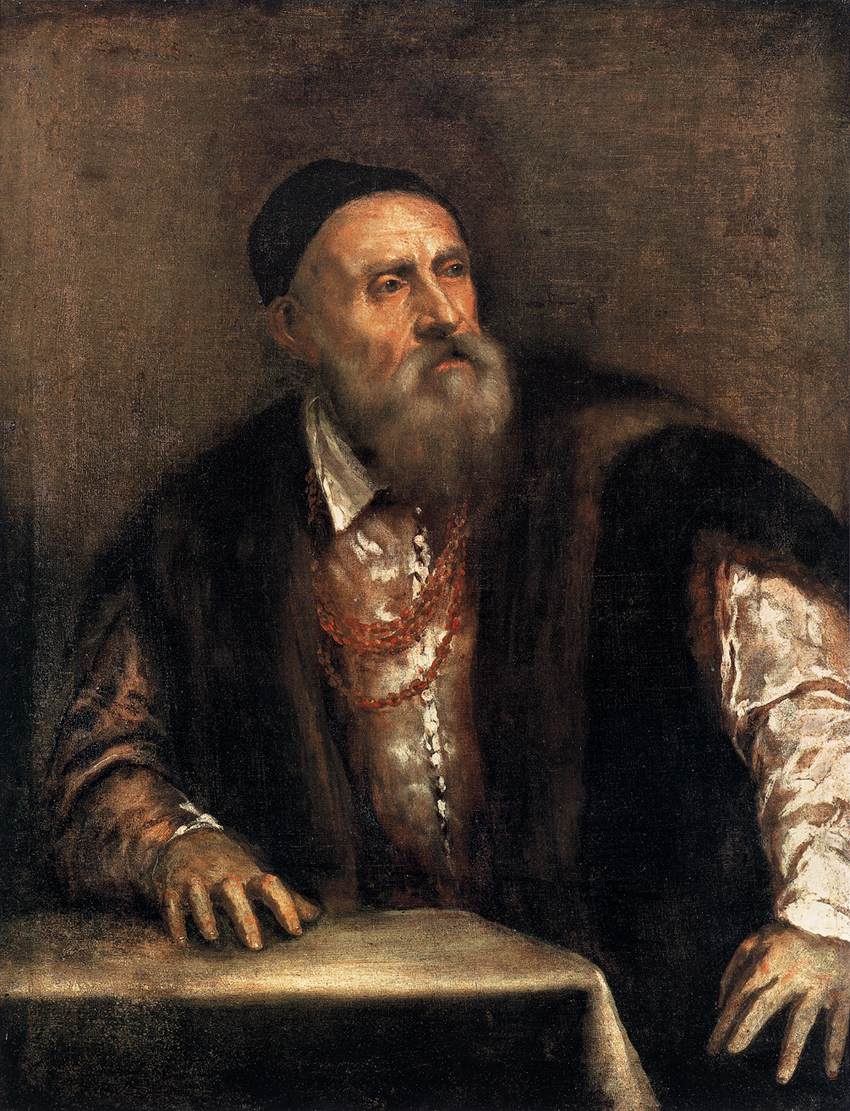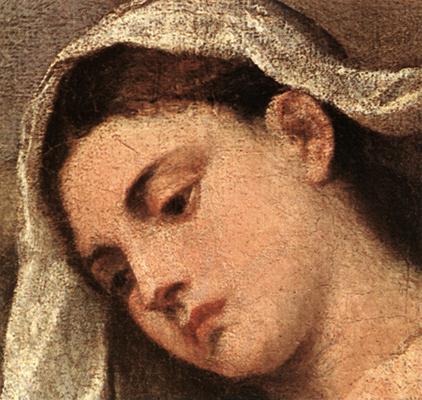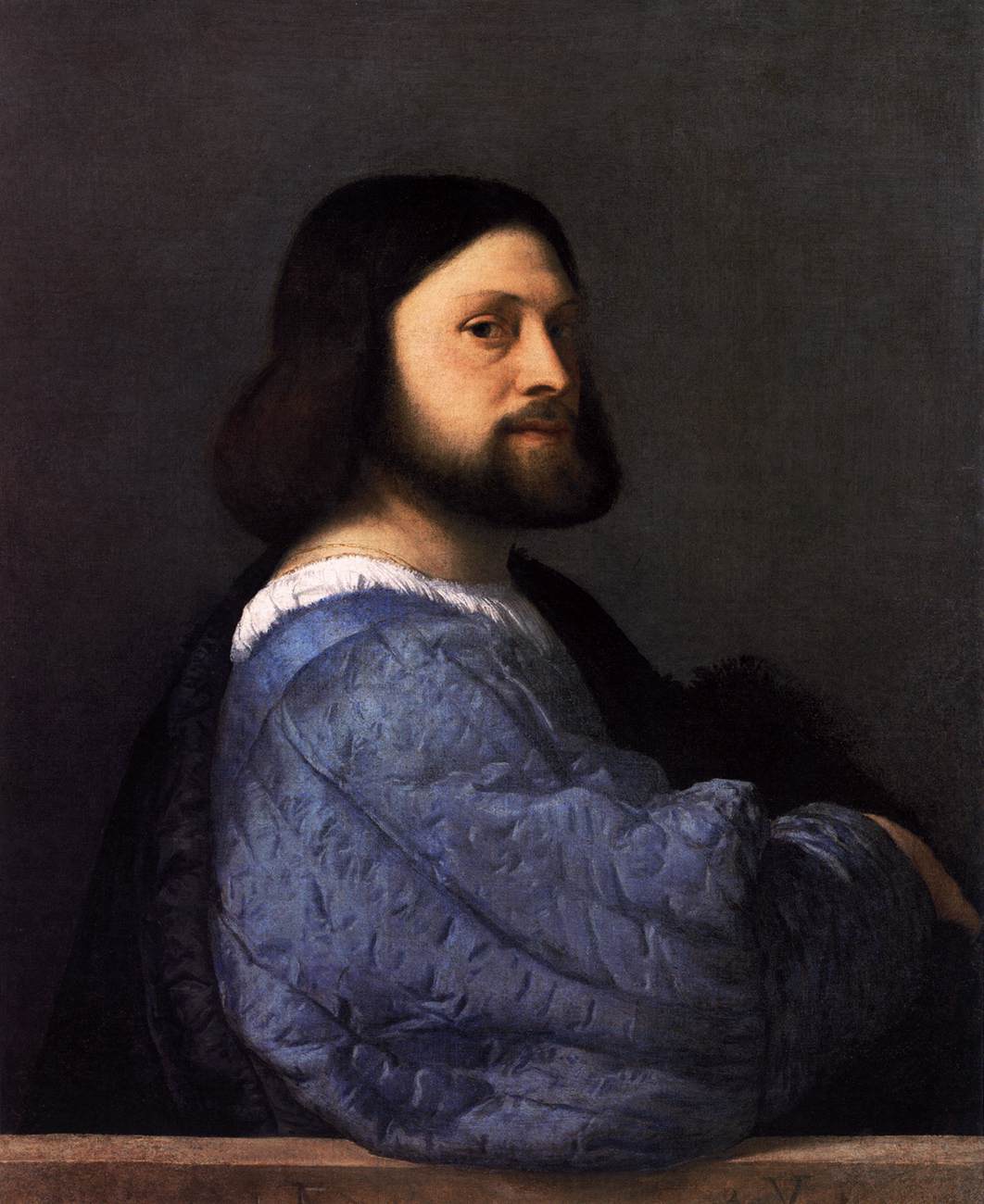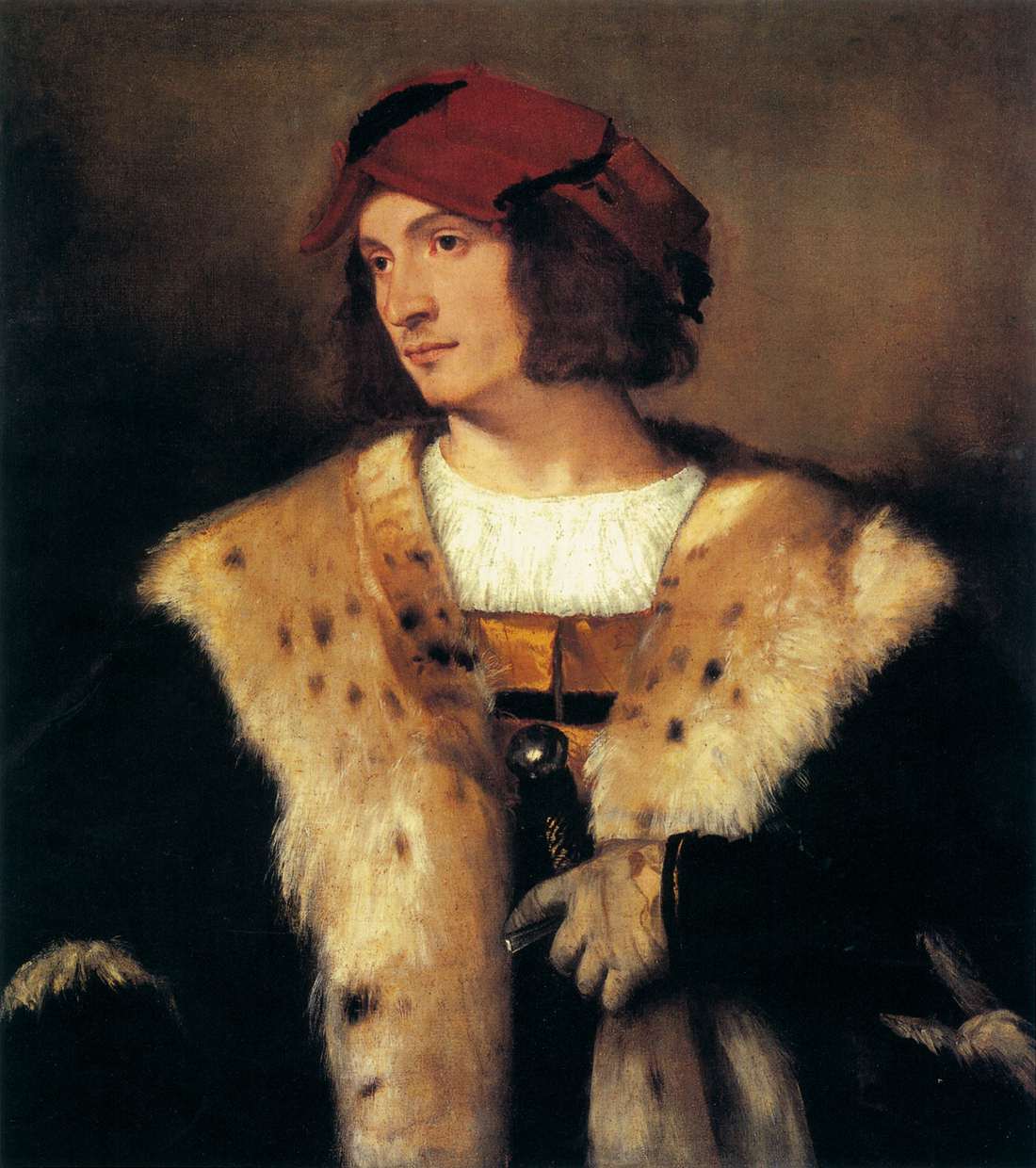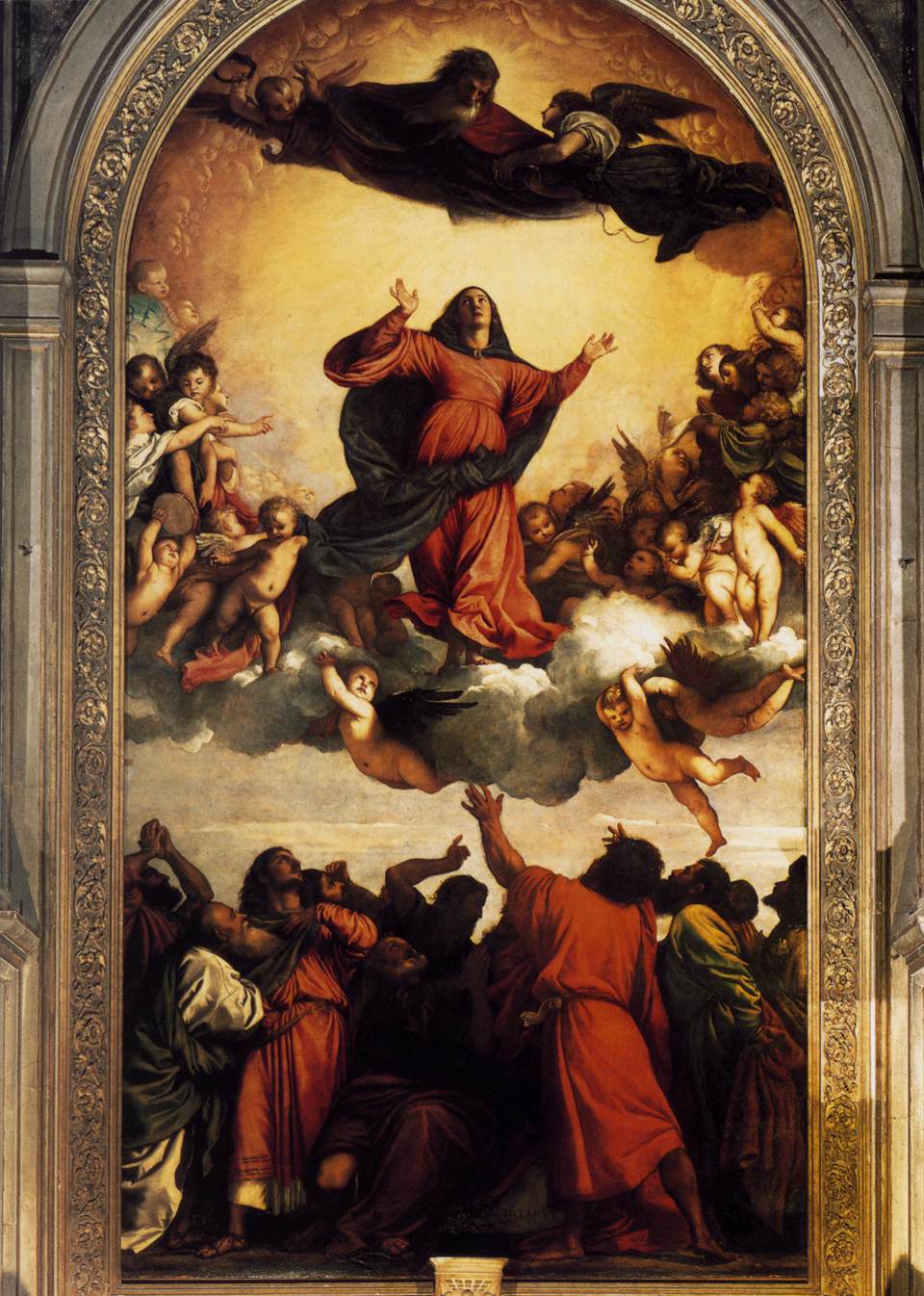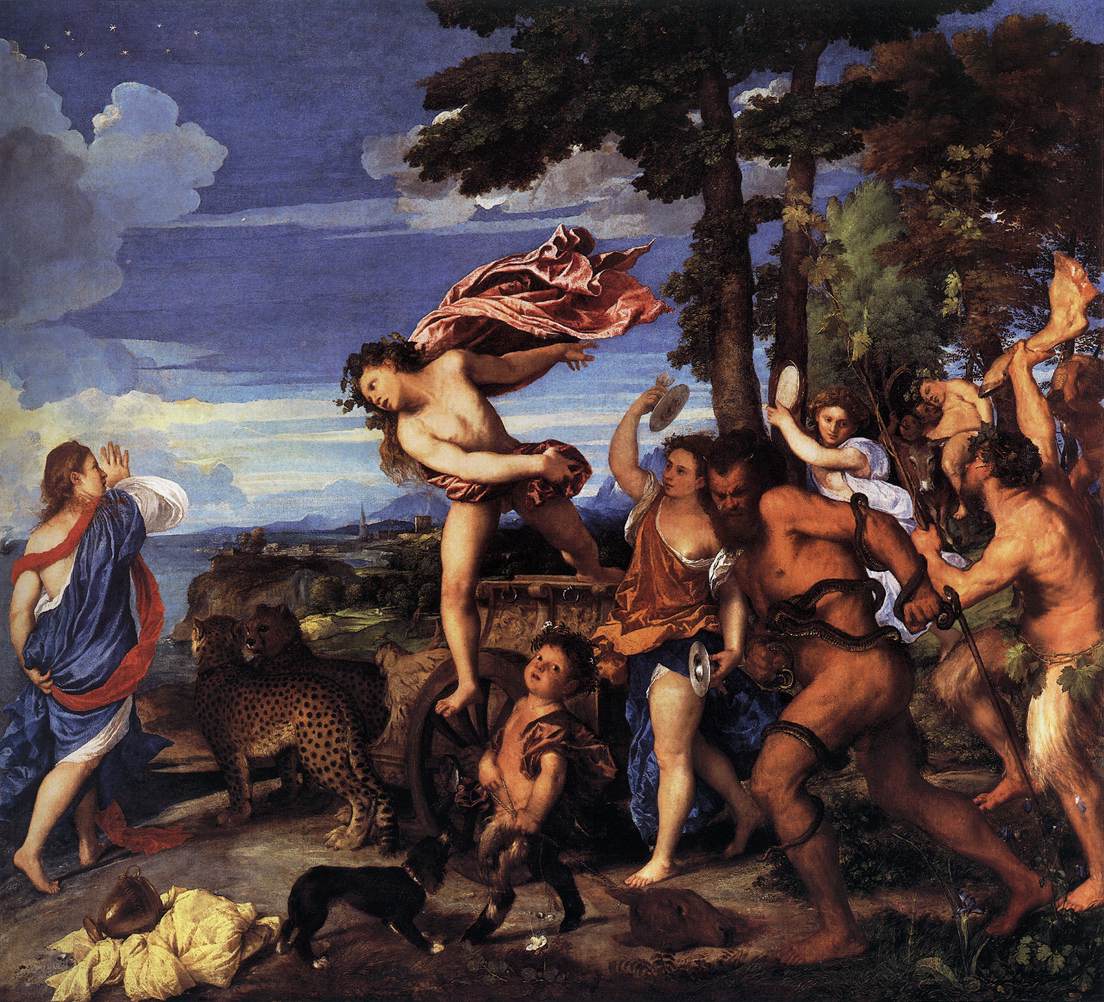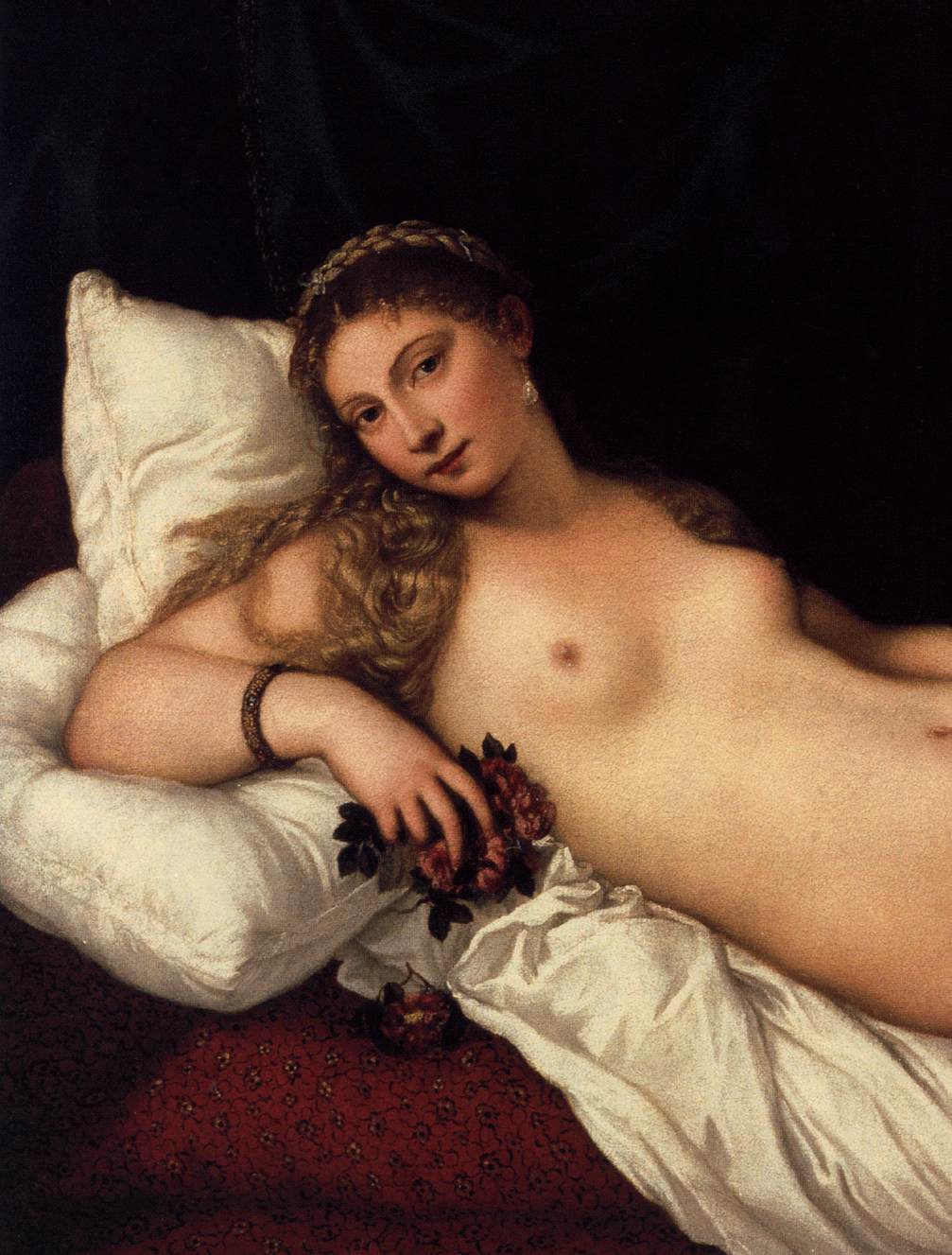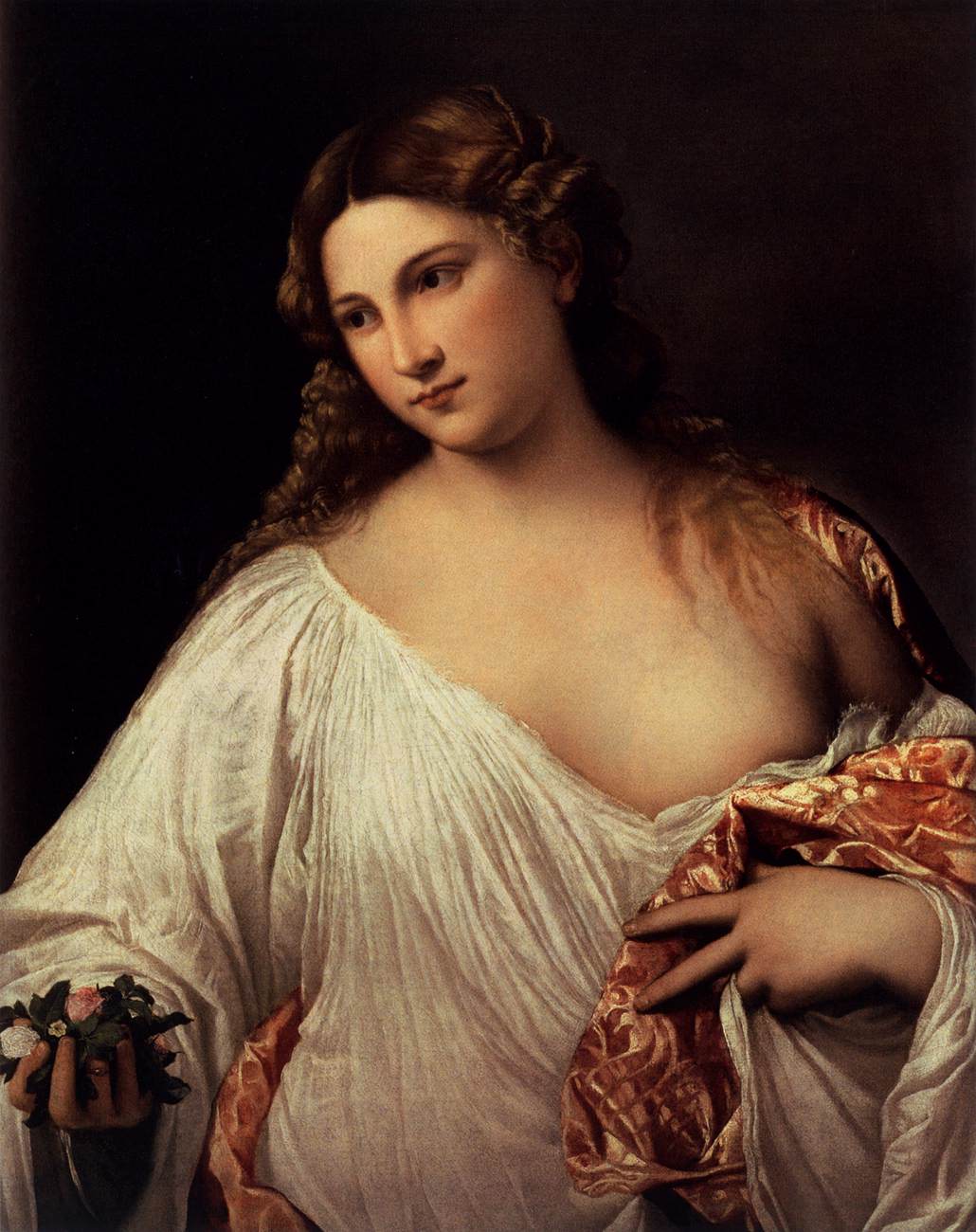By Anne Leader
Titian died on 27 August 1576 in Venice, Though his birthdate is unknown, he was in his late 80s or early 90s at his death. Today recognized as one of Venice’s most important artists, and as one of the most influential Renaissance painters, Titian was admired for his naturalism, color, and skill with the oil medium, which he used to great effect in his devotional works, portraits, and mythologies. Titian also inspired many painters of the Baroque period, including the Carracci, Rubens, and Velázquez. His influence lasted into the 19th century as artists like Joseph M.W. Turner continued to study the Renaissance master, and avant-garde artists like Édouard Manet reformulated some of his most famous compositions for a modern audience.
Reference: Cecil Gould. “Titian.” Grove Art Online. Oxford Art Online. Oxford University Press
Further reading: Titian


Self-Portrait, 1562-64, Staatliche Museen, Berlin
Pesaro Madonna, detail, 1519-26, S. Maria della Gloriosa dei Frari, Venice
Man with the Blue Sleeve (Gerolamo Barbarigo?), ca. 1510, National Gallery, London
Portrait of a Man in a Red Cap, ca. 1516, The Frick Collection, New York
Assumption of the Virgin, 1516-18, Santa Maria Gloriosa dei Frari, Venice
Crowning with Thorns, 1542, Musée du Louvre, Paris
Bacchus and Ariadne, 1520-22, National Gallery, London
Venus and Adonis, 1554, Museo del Prado, Madrid
Venus of Urbino (detail), before 1538, Galleria degli Uffizi, Florence
Flora, 1515-20, Galleria degli Uffizi, Florence

